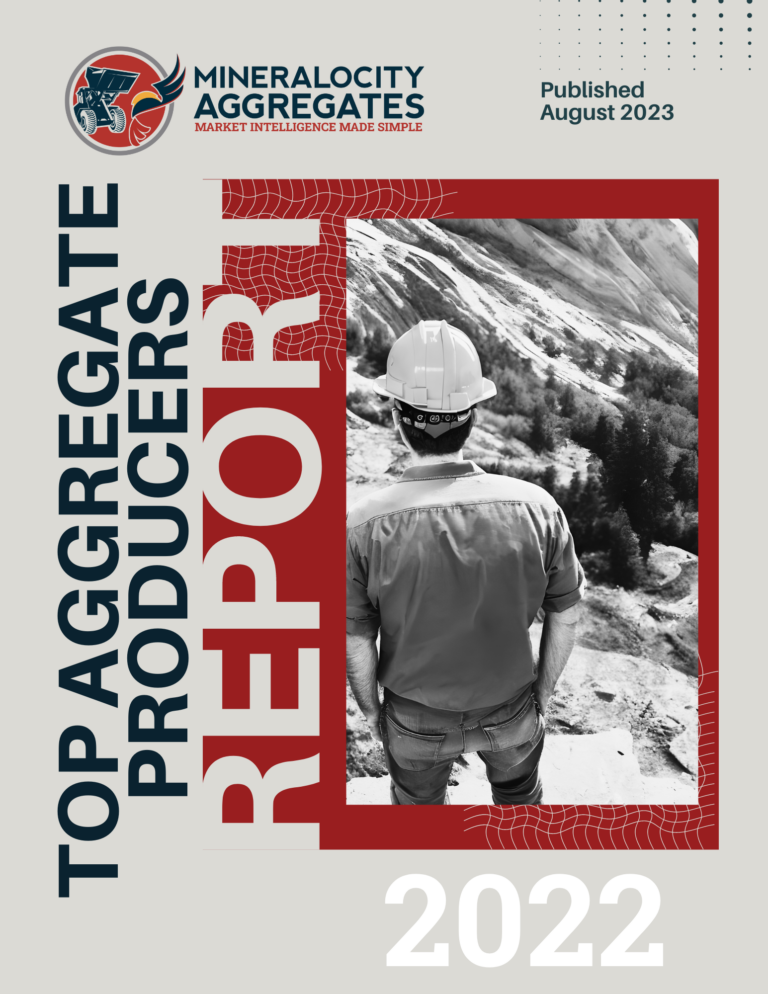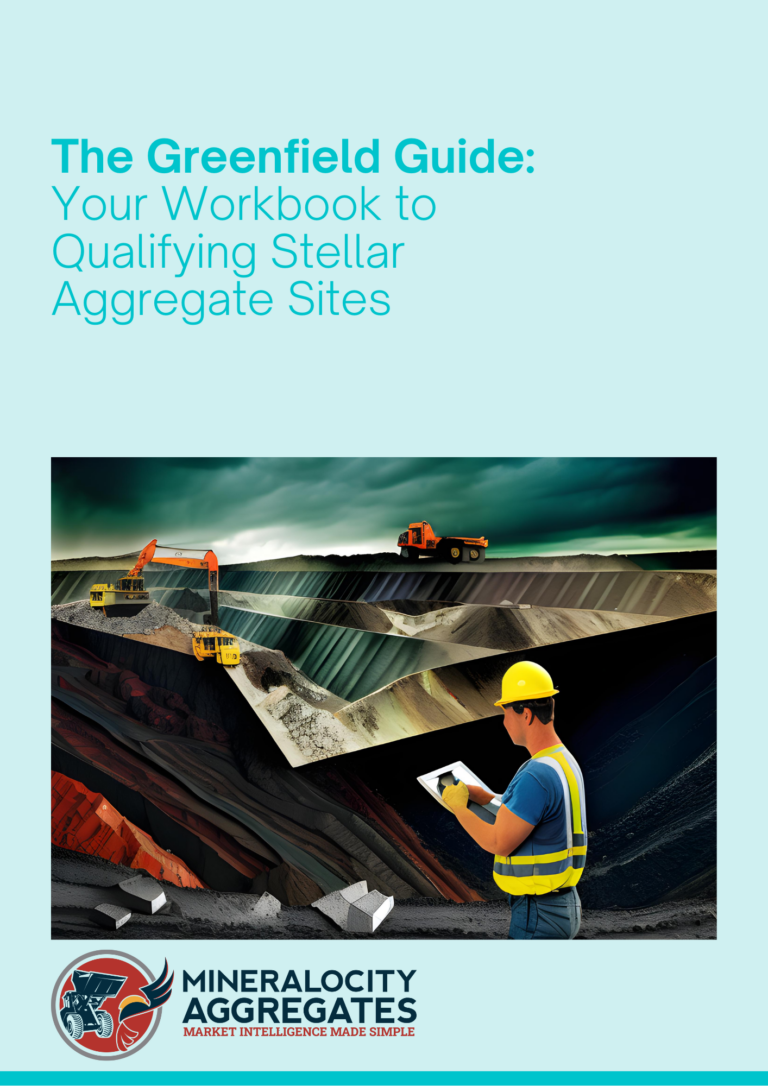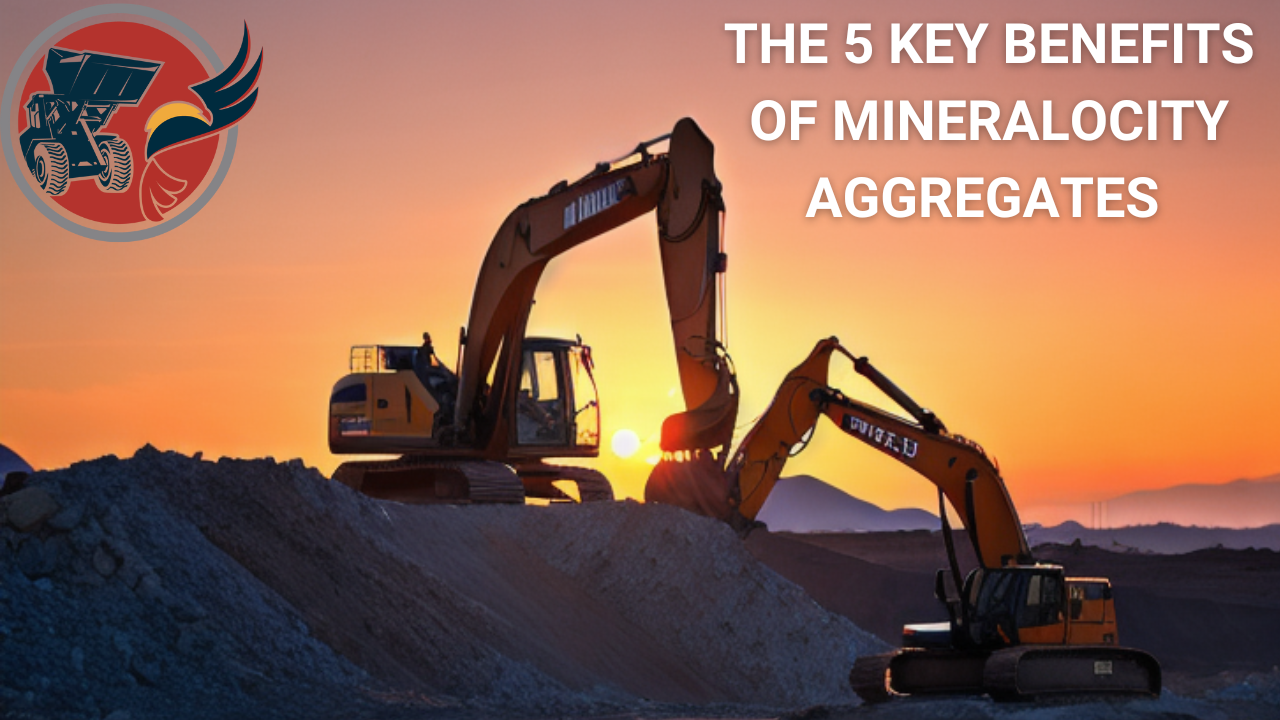In 2022, as the nation strove for economic recovery and revitalization of infrastructure, the aggregate industry in the United States proved itself more than just a backbone—it emerged as a vital force in national construction efforts. Aggregates, the sand, gravel, and crushed stone used to build the roads, bridges, and buildings we rely on every day, are an unsung hero of American industry. In this context, two states — Texas and Georgia — have demonstrated exceptional prowess as top aggregate producing states, leading the way with staggering production figures, and setting the gold standard for other states to follow. Texas is king, by a long shot, but Georgia (while not in the #2 spot on production) has stood out as a notable and growing producer.
This isn’t just about rocks and numbers. It’s about economic health, job creation, and sustainable development, where meeting today’s demands doesn’t compromise the needs of tomorrow. It’s about the livelihoods of countless individuals whose efforts in these key states reverberate across the nation.
Behind every mile of highway, every modern office building, and every growing community lies the story of aggregates. And in 2022, Texas and Georgia were writing captivating chapters of this story. Here, we dive into the data, explore the leading producers, and uncover the secrets of their success.
Texas: The Lone Star Leads the Nation
In 2022, Texas was the nation’s top aggregate producer, with a staggering total of 315 million tons produced throughout the year. It maintained impressive production figures across all four quarters, despite a 15.7% seasonal decrease in the fourth quarter.
Top Aggregate Producers in Texas (2022)
- Vulcan Construction Materials: Approximately 29 million tons
- Martin Marietta Materials: Approximately 28 million tons
- Heidelberg Cement AG: Approximately 21 million tons
These titans of industry play a critical role in Texas’ substantial output, powering both the state’s infrastructure projects and its economy.
Georgia: The Peach State's Solid Production
Georgia, another leading state in aggregate production, reported a total of nearly 80 million tons in 2022. Unlike other states, Georgia reported growth in three of the four quarters, with a notable 13.5% increase in the third quarter. On production numbers alone there are several other states between Georgia and Texas, but the solid growth of aggregate demand in the peach state tells a compelling story.
Top Aggregate Producers in Georgia (2022)
- Vulcan Construction Materials: Approximately 32 million tons
- Martin Marietta Materials: Approximately 11 million tons
- Imerys S.A.: Approximately 7 million tons
These leading producers significantly contribute to Georgia’s rank as a top aggregate producing state, supporting major construction projects throughout the region.
What Drives These Exceptional Figures?
Several factors contribute to Texas and Georgia’s leading positions in aggregate production:
Abundant Natural Resources: Texas has vast reserves of limestone, while Georgia is rich in granite deposits and has a great supply of high-quality sands across the Coastal Plain.
Strategic Locations: Proximity to major construction markets, such as Houston in Texas and Atlanta in Georgia, plays a pivotal role.
Dominant Industry Players: Companies like Vulcan Construction Materials, Martin Marietta Materials, and CRH PLC operate extensively in these states, bolstering high production figures.
Economic Impact and National Perspective
The scale of production in Texas and Georgia has broader economic implications. In Texas, the aggregate industry generated billions in revenue, a testament to the critical role aggregates play not only in construction but in the economic health of the state itself.
Nationally, the total U.S. aggregate production in 2022 was reported at 2.44 billion metric tons, despite a 7.4% decrease in the fourth quarter. This national figure underscores the significance of top-producing states like Texas and Georgia in the broader U.S. context.
Conclusion
As America’s infrastructure continues to evolve and expand, the demand for aggregates shows no sign of slowing. States like Texas and Georgia, with their robust production figures, exemplify the pivotal role that aggregates play in our nation’s growth. These states, led by prominent producers such as Vulcan Construction Materials, LLC in the South and Martin Marietta Materials, Inc. in the Midwest, have set a remarkable standard.
This growth story is not just about tons of aggregate produced; it’s a narrative of innovation, resilience, and sustainable development—a narrative that will undoubtedly continue to shape America’s future. With dynamic players like CRH PLC in the Northeast and Mid-Atlantic regions, the competitive landscape promises exciting developments ahead.
Where do these trends lead, and what new strategies will industry titans and smaller players alike adopt in response to the changing needs of our growing nation? These questions are vital for anyone involved in or tracking the construction and aggregate industries.
For a deeper dive into the data that paints this compelling picture, Mineralocity Aggregates is your go-to source. With comprehensive, up-to-date information and insightful analysis, Mineralocity Aggregates provides the resources industry professionals need to stay ahead of the curve. From detailed production figures to in-depth profiles on top producers, the data that shaped this article and so much more is readily available for you at Mineralocity Aggregates.
To access the complete list of top aggregate producers in each state and explore more exclusive insights, download our exclusive report from Mineralocity Aggregates.

Unlock exclusive, groundbreaking market data with the 2022 Top Aggregate Producers Report. Don't miss out!
Gain a competitive edge with our 2022 Top Aggregate Producers Report! Get exclusive market share data on top producers in each U.S. state with market trends to strategize effectively. A must-have for every industry player!





